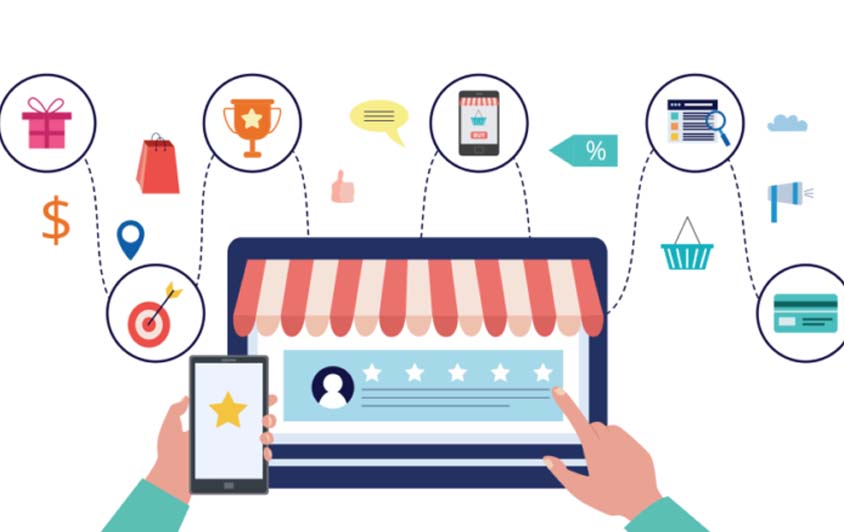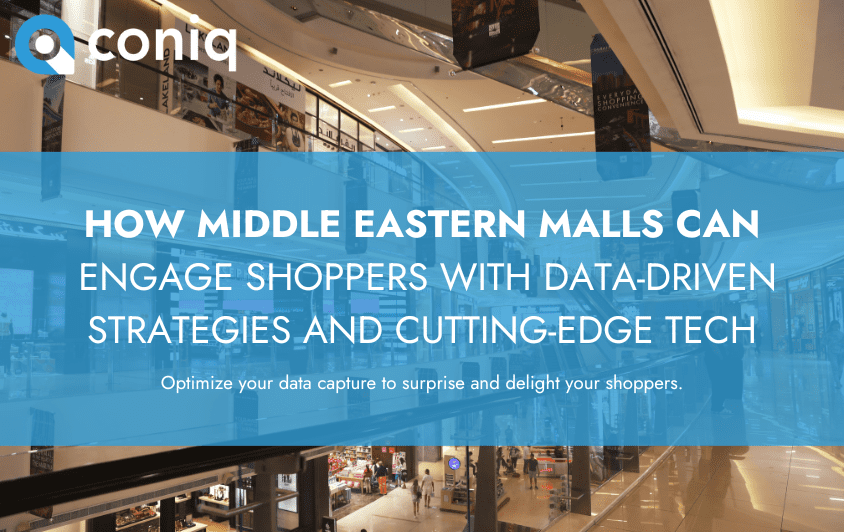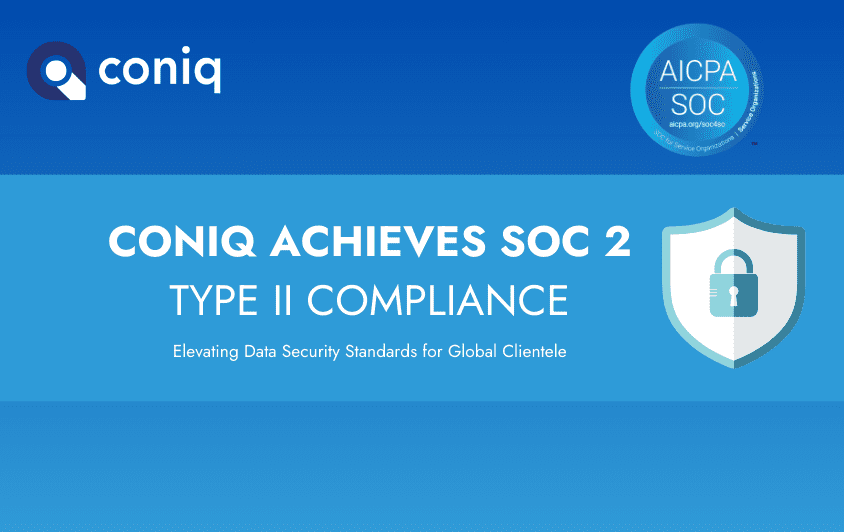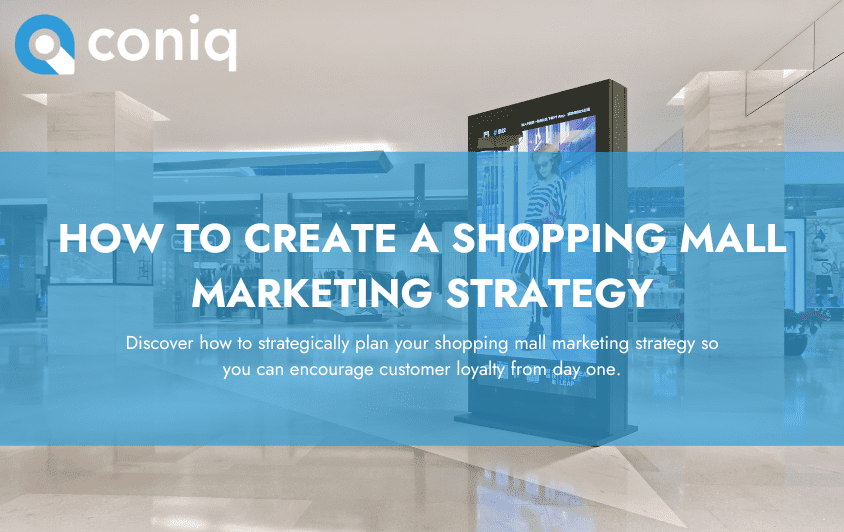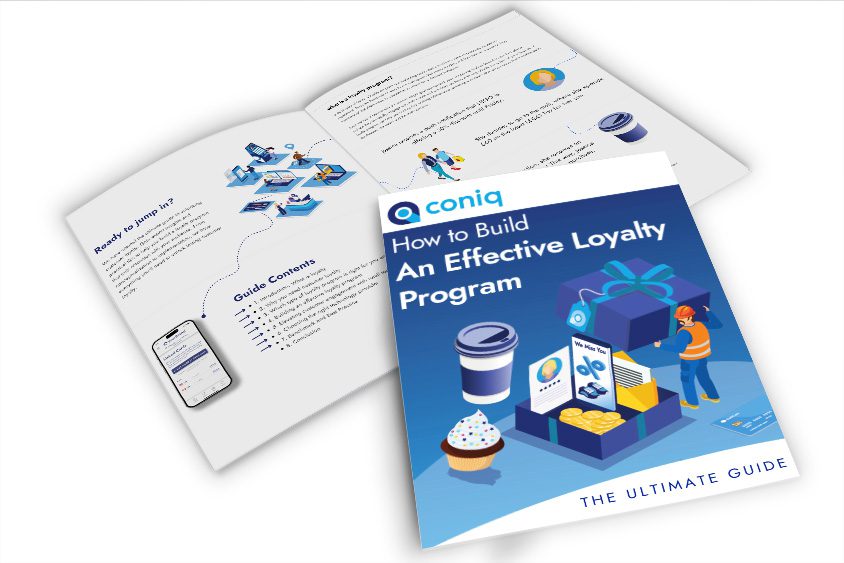Once a nice-to-have, personalization is now non-negotiable to shoppers. In fact, 71% of consumers expect businesses to deliver personalization across their marketing channels, and 76% get frustrated when this doesn’t happen. The retail industry has transformed significantly over the years as retailers face unprecedented competition to acquire and retain loyal customers.
Deepening financial concerns have led customers to re-evaluate their consumption habits, contributing to a shift in consumer behavior. One study found that 79% of customers say they will only engage with personalized offers to reflect their preferences and previous interactions with a brand. Today’s customers want to be understood, from personalized product recommendations to their preferred communication channels. That’s why retailers today must do more to meet rising customer expectations by personalizing the customer experience.
Research has shown that 91% of consumers are more likely to shop with brands that can recognize and provide relevant offers and recommendations. In comparison, 90% consider customer experience a key factor when deciding whether or not to spend with a brand. Achieve this, and retail destinations can reap the rewards of increased customer satisfaction, customer loyalty, and brand engagement. Get it wrong, and they risk impacting their ROI and losing repeat buyers.
Businesses in the US lose approximately $136 billion annually due to poor customer retention. In an uncertain economic climate, personalization is vital to driving customer loyalty. A Mckinsey study found that personalization drives retail performance, suggesting that companies grow faster and achieve 40% more revenue by implementing personalization strategies than competitors who don’t.
Despite clear evidence confirming the importance of personalizing the customer experience, only 35% of companies feel they are successfully achieving this. So, how do you successfully personalize the customer experience?
Firstly, consider the customer journey – from their first interaction with your brand to purchase and beyond. With shoppers engaging with brands across multiple channels, effective omnichannel personalization is vital to providing a seamless customer journey. Most marketing channels customers use can be personalized to target a specific customer persona. However, before you can personalize the customer experience, you need to know who your customers are. To learn more about building customer personas and collecting customer data, read our article: Customer Data: Where to Start?
Once you understand your customer profiles and who you want to target, there are various ways that you can personalize your marketing efforts to appeal to your desired audience:
Personalize Your Communication
Research shows less than half (47%) of companies personalize communications based on real-time customer behavior. However, over 80% of businesses say consumers spend more (34% more on average) when their experience is personalized. One of the simplest ways to personalize the customer journey is through marketing communications. However, before you can personalize your communication, you need to know who to target with which kinds of content.
Start by segmenting your customer database. Customer segmentation will help you divide your audience based on a particular condition, such as demographic or location. Research shows that segmented email campaigns can increase sales revenue by up to 50%. Segmentation makes it easier to target groups of people with specific kinds of content. This allows you to create content that is relevant to the audience and is more likely to resonate with specific individuals.
Emails:
Emails are one of the most effective ways to increase customer conversion rates. This is when a customer clicks through to a product or website page using a link provided in an email. However, to convert customers, they must first open and read the email content.
Email marketing targets customers based on their behavior, such as where they shop and the rewards they redeem. Based on this data, creating tailored content within your emails will ensure customers feel like they are receiving a personal message and are more likely to open and engage. Personalizing your email campaigns can lead to an increase of 14% in click-through rates and drive six times more conversions.
Ways to personalize your email campaigns:
- Start by creating an email subject line that catches their attention. For example, ask them an intriguing question; this will make the customer more likely to open the email.
- Use the customer’s name in the email header and subject line, and make sure you personalize the messaging based on their behavior.
- Send relevant offers that reflect customer behavior (e.g. A discount for their most frequently visited store)
- Offer product suggestions for categories they shop in most (e.g. Kitchenware or Toys)
- Implement re-targeting campaigns. For example, if a customer has interacted with your website but has not completed a transaction, send them a customized email to re-engage them.
The more you adapt your communication to suit a shopper’s interests and preferences, the more likely it is to impact their behavior and increase their interactions with your brand. If you have the right customer engagement solution, you can track and measure real-time customer behaviors more effectively.
Social Media
Today’s consumers are digitally driven, meaning that the vast majority of your customers use some form of social media. Research shows that 74% of consumers rely on social media to guide purchasing decisions, and a further 60% of consumers interact with brands they purchase from on social media.
As younger audiences drive new retail trends, retailers can leverage social platforms to collect customer data and communicate with them.
Ways to personalize your social media communications:
- Automate your communications using push notifications and in-app messaging.
- Ask your customers about themselves! Try doing a social media poll to determine your customer preferences. Not only does this help your customers feel listened to, but the data you collect can help you further personalize the customer experience.
- Use AI chatbots to deliver both personalized, seamless customer support
- Offer personalized gifts and rewards to customers who engage with your social media page.
Eventually, you can integrate your social media strategy with your email campaigns to personalize the customer experience even further. You must leverage reliable, real-time customer data to drive personalization for your customers. The right customer engagement solution will enable you to collect, manage, and store your customer data, making it easier for you to personalize!
Personalize Offers and Rewards
Personalization can be implemented at every stage of the customer journey and is just as important post-purchase. We know that today’s consumers are time-conscious and value convenience above all else. Therefore, tailoring offers and rewards based on customer behavior and purchase history can prove the retailer’s investment in the customer relationship, setting them apart from the competition.
Thoughtful, personal interactions generate positive brand perceptions that fuel future purchasing decisions and drive customer loyalty. Personalizing offers and rewards can also show customers the value of participating in your brand’s loyalty program. For example, the more they engage with the program, the more information the brand receives about their interests and preferences. This allows you to offer even more personalized experiences and rewards.
91% of customers say they are more likely to shop with brands that recognize, remember, and provide relevant offers and recommendations. Brands that achieve this can expect to see six times higher customer satisfaction rates on average. However, there are many ways that you can reward customers for more than just their purchases. Here are some examples:
- Reward customer actions and behaviors such as writing a brand review or sharing a social media page. This is a great way to boost customer engagement while incentivizing desired behaviors. The information you collect can help you understand customer preferences and enable you to personalize the customer experience further.
- Rewards customers for referring your brand. You could personalize the rewards by offering different incentives to different loyalty tiers based on the number of referrals.
- Send personalized rewards via push notification based on a customer’s behavior. For example, if a customer has been searching for home goods, send them a message notifying them of a promotional discount on home goods to incentivize their purchase in that category.
- If you offer a points-based loyalty program, you can let customers choose which rewards they wish to redeem from a catalog of choices. This enables customers to personalize their own experience and gives brands valuable insight into customer preferences.
- Create personalized subscription programs that put customers in control. Many E-commerce retail brands allow customers to create their own subscription programs based on their preferences, allowing them to edit and personalize their monthly subscription (e.g. by quantity or design, etc.), ensuring their continued brand engagement.
Personalize Using the Right Technology
Technology will eventually drive personalization at scale for retail destinations as digital innovations and mobile apps transform the customer experience. Many shopping centers have even begun exploring the world of artificial intelligence and augmented reality to enhance the experiential possibilities of brick-and-mortar. It’s clear that the future of retail relies on omnichannel, data-driven experiences that can build upon customer preferences.
However, you don’t have to implement virtual reality tools to create personalized customer experiences. A customer engagement solution can help you create dynamic, personalized experiences by automating the customer journey using a variety of data-driven engagement tools. For example, using real-time messaging tools, location monitoring, in-app gamification, and much more! Customer engagement solutions collect and utilize valuable customer data to help you personalize your interactions with customers at every stage of their retail journey.
Examples of how technology helps you personalize the customer journey
- Automate the customer journey using tailored adverts and rewards. For example, shoppers who make three or more purchases within a specified time period automatically receive a personalized reward.
- Self-service tools can recognize and adapt to the individual customer, giving shoppers recommendations based on style, size, and preference, allowing them to customize their retail experience.
- Virtual reality allows customers to try before they buy and can be tailored to meet their needs, for example, by enabling customers to view a couch (in a specific color or fabric) from the comfort of their home using AI-driven technology.
- Use AI to offer personalized product recommendations. Shoppers are 40% more likely to click on personalized product recommendations, leading to 28% more revenue and an 11% increase in average order value.
- Power your personalization initiatives through play! Gamification is a popular way to engage customers by incorporating game-style features into the customer journey. For example, using personal avatars or collecting stars every time a transaction is made.
71% of your customers expect personalization. Find out how to ‘Walk,’ ‘Run,’ and ‘Fly’ by downloading the whitepaper here: Your guide to Personalization in Shopping Malls

